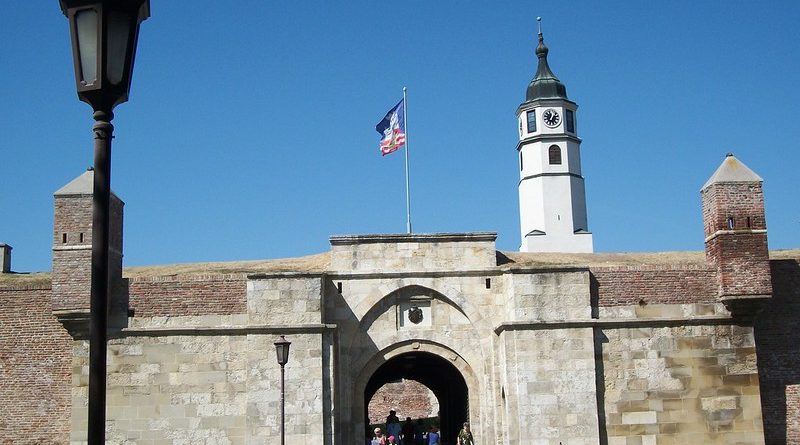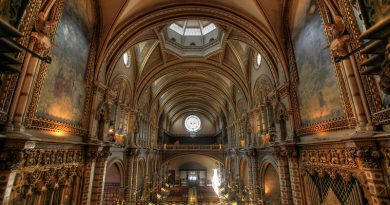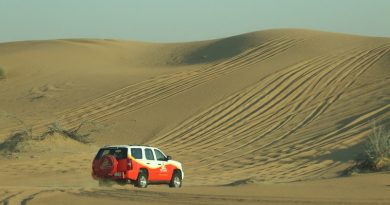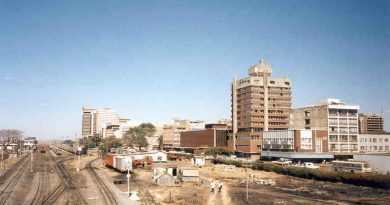Top Ten SERBIA
- BELGRADE
Almost one in five of the population live in the capital. The “white” city is anything but- expect a city in Soviet concrete grey. The city’s strategic location on 2 great rivers at the centre of Europe has led to a series of invasions over the centuries.
- House Of Flowers, Belgrade
Once visited by large numbers of pilgrims Tito’s memorial museum now receives a fraction of former visitors although in recent years many have taken up visiting on 25thMay, his birthday. Marvel at a plethora of unusual memorabilia, including his state vehicles, a Rolls Royce and a Mercedes, the gifts he received ranging from modest knits given to him by local women to grand gifts by world leaders. It also houses the bizarre, including thousands of intricately carved relay batons made from metal or wood containing birthday wishes that were transported from around the country to Tito on his birthday.
- Nikola Tesla Museum, Belgrade
A partially interactive museum dedicated to the 19th cent Serb physicist and inventor after whom the Belgrade airport is named. A national hero in Serbia he would have been an international Einstein or Edison had it not been for a life filled with strokes of bad luck. Numerous gadgets and first class inventions pay homage to the misunderstood genius.
- MONASTERIES, Fruska Gora
Sixteen orthodox monasteries have been united in a space 40 km long in Fruska GoraNational Park. The apex of artistic achievement in Serbia was Christian art produced in period of Nemanjic rule (12th- 14th cent). Monasteries were built in difficult to reach places to assure the survival of Orthodox practices and belief during the wars and migration caused by Turkish occupation further south, but also so that monks could follow life of contemplation without distraction.
- DJERDAP NATIONAL PARK
Also known as the Iron Gates Park, which describes the narrowing of the limestone cliffs squeezing the waters of the river Danube through it follows the flow of the river, which also marks the border with Romania. The Fortress of Golubac marks the beginning of the park that stretches in a boomerang shape along Europe’s longest composite valley (100 km) made up of 4 gorges. At Gospodin Virthe waters are up to 82m deep, making it one of the deepest recorded river channels in the world. During an exploratory dig for the Djerdap Dam built in 1972 (a joint Yogoslav- Romanian project that made the Danube navigable from Belgrade to the Black Sea for large vessels, but flooded large parts of the area and resulted in the relocation of thousands of people) the oldest Mesolithic sculptures in Europe were discovered at Lepenski Vir, where the stylised, life-sized heads can still be seen today. It is one of the most visited regions in Serbia.
- STUDENICA Monastery
Deliberately remote this Nemanja monastery from the 12th century is one of the greatest in the country and one of its holiest places. The walled complex comprises of three churches. Once known as an artistic centre now it’s a tranquil place despite the streams of visitors. Monks spend their days with religious contemplation, growing vegetables and chopping wood
- DRAGACEVO TRUMPET FESTIVAL, Guca.
Serbia has seen a revival of traditional music in recent years, the Guca Festival being a showcase of traditional Roma brass-band musicians and their imitators.
Hundreds of thousands of Serbs descend on a tiny village where the bands battle to win that year’s contest. Dancing, drinking, pork-eating and then some more dancing and drinking, all night and day long. The most popular style is called Cocek, a 2/4 dance that is performed best after a few glasses of sljivovica (plum schnaps).
- STEAM TRAIN RIDE, Mokra Gora, near Udice
Take a ride on one of the most beautiful journeys in Europe on the unique Sargan Eith Railway, with charming wooden carriages and sensational views. Originally forming a section of the railway connecting Belgrade with Sarajevo it was closed down in 1974 and not reopened until 1999 when villagers mounted voluntary work brigades to restore the tracks. Now a tourist line it captured the interest of film maker Emir Kusturika who built a film set of a traditional village just above the track fro his film “Life is a Miracle”.
- KALENIĆ MONASTERY, Rekovac:
A festival of authentic folk arts and crafts from Levač, Šumadija and the Morava River Basin (Pomoravlje), set inside the Kalenić Monastery. It includes: exhibitions of painting and folk arts and crafts, contests in the preparation of traditional dishes, traditional sports contests, as well as competitions for the young woman with the longest braids and the young man with the longest moustache.
- NOVI SADI
Belgrade’s smaller, but more sophisticated sister. Despite its virtual destruction from NATO bombing during the recent conflict (many locals are especially upset about the destruction of the city’s 3 bridges- now rebuilt- that crossed the Danube) this is a thriving university town . Visit the imposing Petrovardian Fortress often referred to as the Gibraltar of the Danube built by the Romans but enlarged and fortified by the Austrians to defy the Turks.




